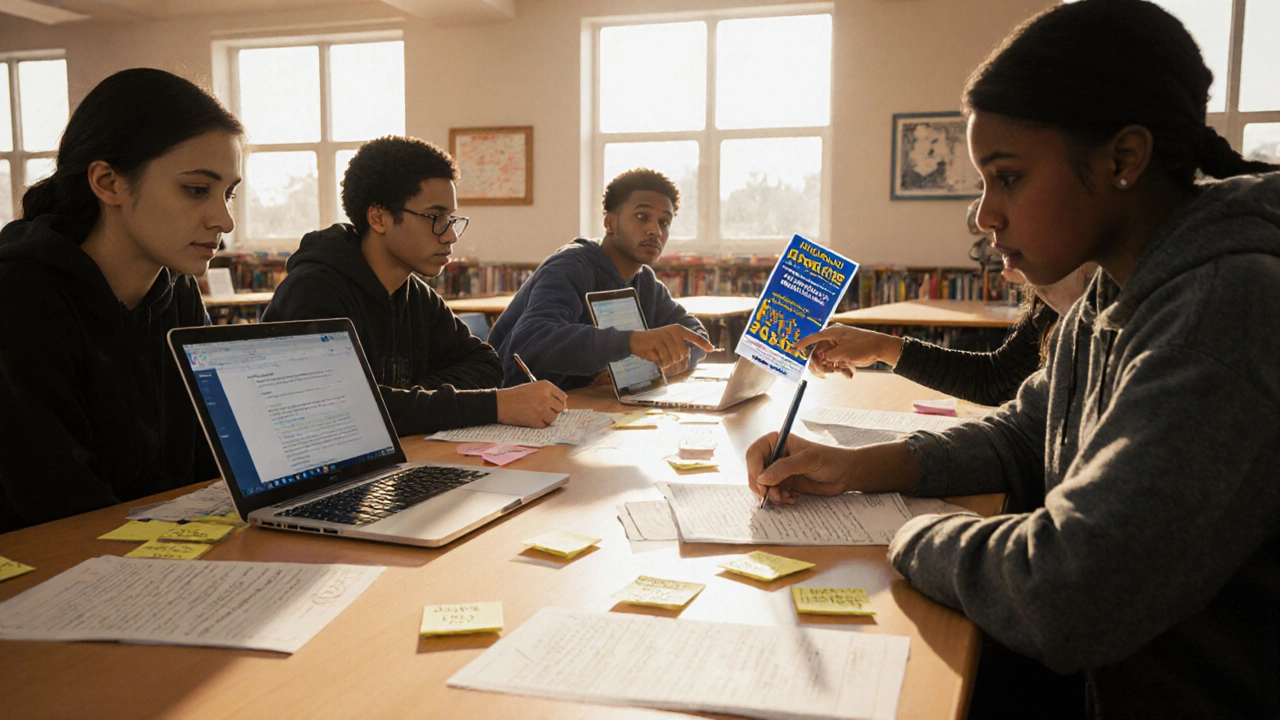Scholarship Success Rate: How to Improve Your Odds and What Really Matters
When it comes to scholarship success rate, the percentage of applicants who actually receive funding. Also known as award rate, it’s not just about having good grades—it’s about standing out in a crowded field. Many students assume a high GPA is enough, but the truth is, most scholarships receive hundreds or even thousands of applications. The scholarship success rate for competitive awards often falls below 5%, and even smaller local scholarships rarely see more than a 15% payout. So why do some people win while others with similar grades don’t? It’s not luck. It’s strategy.
What really moves the needle? scholarship application, the complete package you submit to be considered for funding. Also known as financial aid application, it’s more than just a form—it’s your story, your proof of impact, and your clarity of purpose. Successful applicants don’t just list achievements; they connect them to a clear goal. They explain how the scholarship will change their path, not just their bank account. And they tailor every word to the funder’s mission. A scholarship from a STEM-focused foundation? Your essay should show how your love for robotics ties into solving real-world problems—not just how much you like science. Another key factor? scholarship eligibility, the specific criteria that determine who can apply. Also known as qualification requirements, it includes things like GPA minimums, residency rules, essay length limits, and deadlines. Missing one small requirement can get your application thrown out before anyone reads it. That’s why checking the fine print isn’t optional—it’s your first test of attention to detail.
And then there’s timing. Most students wait until the last week to start. Winners start months ahead. They track deadlines in a calendar, draft essays early, ask for letters of recommendation before teachers get swamped, and revise based on feedback. They don’t copy-paste one essay for ten different scholarships. They treat each one like a unique opportunity. You don’t need to be the top student in your class to win. You just need to be the most thoughtful, prepared, and authentic applicant. The data doesn’t lie: applications with personalized essays, clear goals, and strong supporting documents have up to 3x higher success rates than generic ones.
Below, you’ll find real advice from students who won, tips that actually work, and common mistakes that cost people thousands. No fluff. No vague promises. Just what helps you turn a low scholarship success rate into a real win.

What Are the Odds of Receiving a Scholarship? Real Stats and How to Improve Your Chances
- by Eliza Fairweather
- on 30 Oct 2025
Learn the real odds of winning a scholarship and how to dramatically improve your chances with practical, proven strategies-no magic formulas, just smart application tactics.
